The VanHelsing ransomware-as-a-service (RaaS) has surfaced, impacting three victims since its launch on March 7, 2025. This operation demands ransoms up to $500,000, making it a significant threat in the cybersecurity landscape.
Understanding the VanHelsing Model
VanHelsing operates on a RaaS model, allowing both seasoned hackers and newcomers to participate with a $5,000 entry fee. Affiliates receive 80% of the ransom payments, while the core team takes 20%. A key rule is to avoid targeting the Commonwealth of Independent States (CIS).
Technical Capabilities
This ransomware targets multiple operating systems, including Windows, Linux, BSD, Arm, and ESXi. It employs a double extortion tactic, stealing data before encryption and threatening to release it unless the ransom is paid.
- Offers a control panel compatible with desktop and mobile, including dark mode support.
- Reputable affiliates can join without the initial deposit.
- Uses C++ to delete shadow copies, encrypt files, and modify system wallpapers.
Targeted Industries and Impact
VanHelsing has already targeted government, manufacturing, and pharmaceutical sectors in France and the United States. Its user-friendly interface and frequent updates make it a formidable tool for cybercriminals.
Recent Ransomware Trends
- Albabat ransomware now affects Linux and macOS, gathering system information.
- BlackLock, a rebranded Eldorado, targets multiple sectors and recruits traffers for initial access.
- SocGholish framework delivers RansomHub ransomware, linked to the Water Scylla threat group.
- Exploitation of Fortinet vulnerabilities by Mora_001 to deploy SuperBlack ransomware.
- Babuk2 group reuses data from previous breaches for fake extortion demands.

